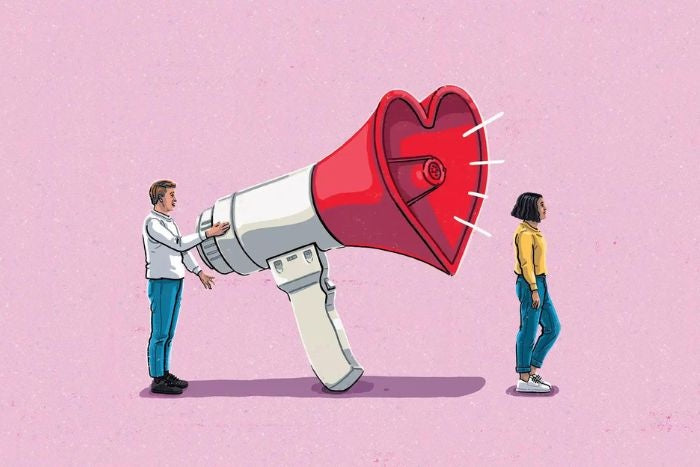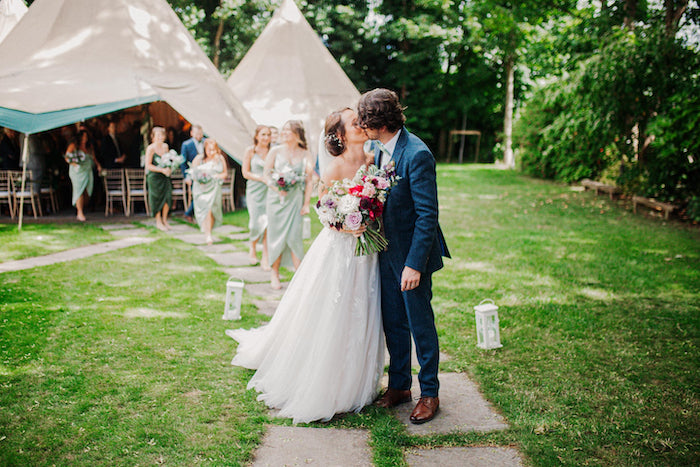Love Languages

With Valentine's just around the corner, I thought it was timely to focus this blog piece on Love Languages.
Love language has become a ubiquitous trend across social media to describe the different ways in which people express and receive love. Nowadays, it’s treated with as much respect as a clinical diagnosis, but should it be? If you and your partner have differing love languages, is it a dealbreaker? Why do we use love language as a sign of compatibility and a good relationship? Thanks to Gary Chapman, author of The Five Love Languages, we can explore this trend in more detail.
Chapman’s bestselling book, which turned 30 last year, says we all give and receive love in five different ways: words of affirmation, acts of service, receiving gifts, quality time and physical touch. The book, first published in 1992, argues that many relationship conflicts can be explained by his theory of romantic miscommunication and he argues that two people might express love to one another using different “languages”, and this would result in them struggling to understand one another. Through understanding your own love language, you can ask for what you need and vice versa, he says.
Now, “love language” is more mainstream than ever and only growing in relevance. TikTok and social media are a huge driver of this, and the phrase has 2bn views, with viral videos claiming to offer you analysis, such as “What your love language says about you” and jokes that coffee or Timothée Chalamet are a love language.
One user claimed she had discovered a sixth love language this year: feeling known by a partner. Yuna Lee, one-half of the TikTok account @wethelees, shared her discovery in July. “I thought we were limited to the five love languages,” she says, before going on to describe a situation where she overheard her husband telling an acquaintance why she doesn’t like scary things. Her husband, without being prompted, said Lee’s imagination can’t handle shows like Stranger Things as she becomes increasingly anxious about the subject-matter over time. “And that’s exactly right,” she says with a wistful smile. She thinks viewers are excited when they feel someone has “put into words something you’ve internalised and viscerally felt, but never processed out loud”. Like bricks in a wall, Chapman’s 1992 theory is expanding thanks to people like Yuna Lee.
People have also expanded his concept to use it as a sign of compatibility. Chapman originally meant it as a way to understand and respond to a partner’s needs, but it’s now common for friends or online voices to suggest different love languages signal a big problem between couples.
Anyone who’s spent time on dating apps knows finding someone you like is far from easy. But why do we gravitate towards labels and theories around relationships, rather than intuition? Chopik believes our fascination and infatuation with love languages stems from our obsession with getting feedback about ourselves. Much like the Enneagram or Myers-Briggs personality tests, which also are lacking in science, or a “which Star Wars character are you” Buzzfeed quiz, we love to learn who we really are.
“Labels provide us with really succinct explanations about the world and ourselves,” he says. “So if someone told you I’m a quality-time person, that label comes up with like a million other things attached to it. And now you think you know lots about me as a person.”
Labels, like love languages, are helpful, as they can point to a problem to work at, but they’re also limiting. I don’t feel fixed in my own love language which is words of affirmation, nor do I want to be. The aim is to offer a spectrum of care, whether it’s a hug, a kind and patient ear as your partner rants about something or cooking a lovely dinner, making a partner feel their needs are met at different times, in different ways. I think that’s more heartfelt than a label.





Comments